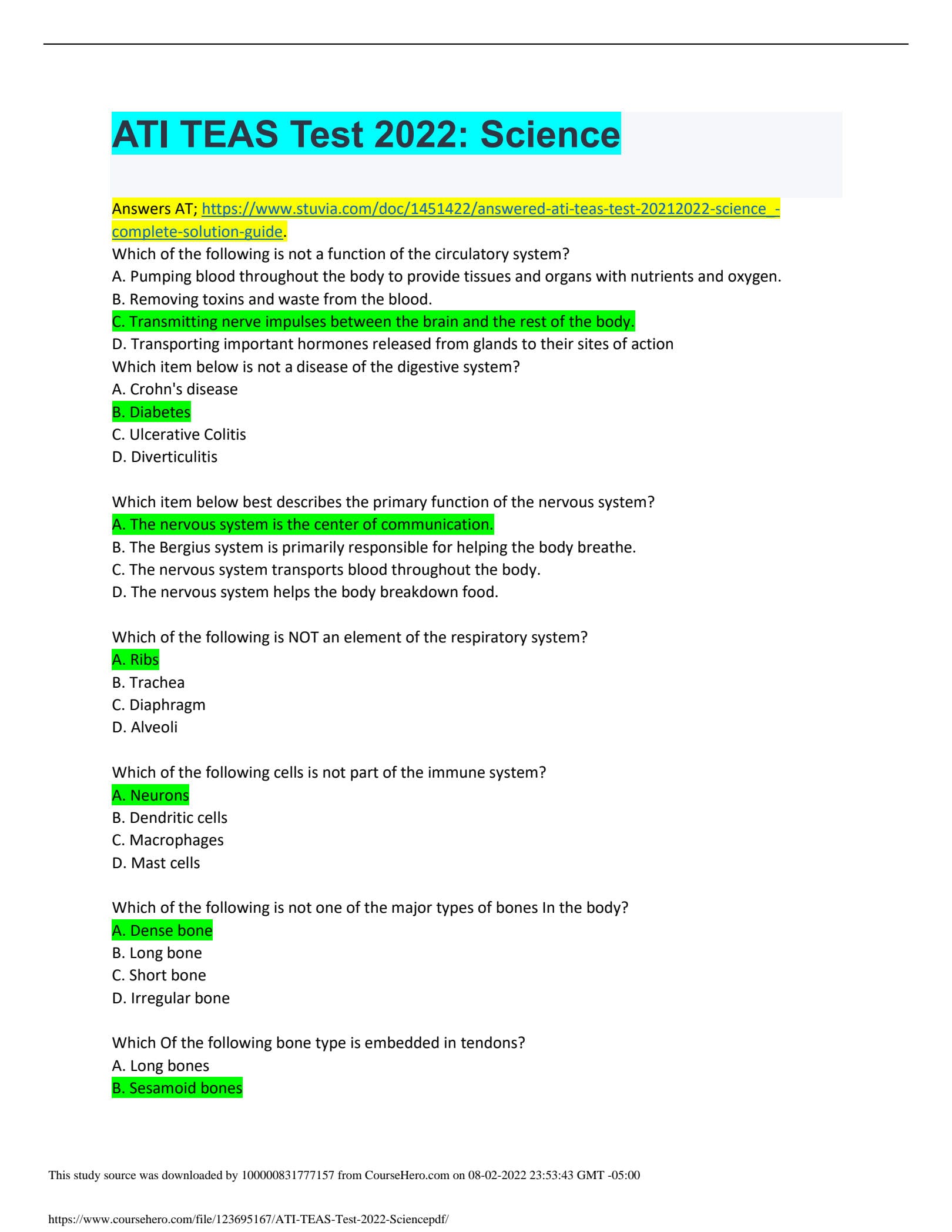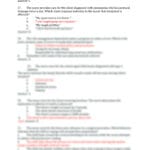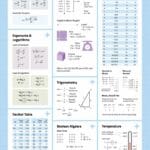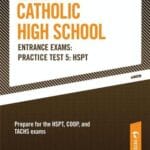Conquer the TEAS Math Section: Your 2024 Guide
Ready to ace the ATI TEAS math section and launch your nursing career? This guide provides free practice resources, smart strategies, and essential concepts you need. Let’s make those nursing school dreams a reality!
Free Practice Resources: Your Path to Success
Free practice is invaluable. Websites like teaspracticetest.com offer a 30-question practice test, a great starting point. NurseHub provides free practice tests with answer explanations, helping you understand your mistakes.
For structured learning, consider comprehensive prep courses. Mometrix offers a step-by-step experience with videos and practice tests. NurseHub also features a TEAS review course with a pass guarantee, boosting your confidence.
YouTube: Your On-Demand Math Tutor
YouTube offers numerous channels dedicated to TEAS Math success. The Organic Chemistry Tutor, Smart Edition Nursing, Nurse Cheung, NurseHub, and Mometrix Nursing offer videos covering specific math concepts, practice tests, and study guides.
TEAS 7 Question Types: Be Ready for Anything
The TEAS 7 features various question formats. Expect traditional multiple-choice, but also be prepared for multiple-select (choose several answers), ordered response (arrange items correctly), fill-in-the-blank, and hot spot questions (click on an image). Familiarity with these prevents surprises on test day.
Key Concepts and Strategies: Your Foundation for Success
Brushing up on high school math formulas is beneficial. Mometrix can assist with specific formulas and example problems. YouTube tutorials are excellent for understanding how to solve problems, offering tricks and strategies for different question types.
Essential Tips for TEAS Math Mastery
- Prioritize Understanding: Don’t just memorize formulas; grasp the underlying concepts.
- Practice Consistently: Regular practice builds familiarity and speed.
- Target Weak Areas: Identify your weaknesses and focus on improving them.
- Stay Calm on Test Day: Manage your time and avoid getting stuck on single questions.
Decoding the TEAS Math Content
The TEAS Math section evaluates practical skills needed in nursing. Here’s a breakdown of the math you’ll encounter:
Numbers and Operations
This includes basic arithmetic (addition, subtraction, multiplication, division) and working with fractions, decimals, and percentages—crucial for calculating dosages and converting measurements.
Algebra
Expect simpler equations and inequalities, simplifying expressions, and potentially some work with polynomials. This is about practical problem-solving, not complex theoretical math.
Measurement
Knowing different units of measurement and converting between them (e.g., inches to centimeters, pounds to kilograms) is essential in nursing.
Data Interpretation
You’ll analyze data presented in charts, graphs, and tables, identifying trends, calculating averages, and drawing conclusions.
| Math Topic | Example Problem | Nursing Connection |
|---|---|---|
| Numbers & Operations | A patient needs 150mg of a medication, and it comes in 50mg tablets. How many tablets do you give? | Calculating correct medication dosages. |
| Algebra | Convert a patient’s temperature from Celsius to Fahrenheit. | Understanding different temperature scales. |
| Measurement | Convert a patient’s weight from pounds to kilograms. | Recording accurate patient information. |
| Data | Interpret a graph showing a patient’s heart rate over time. | Monitoring patient vital signs and identifying trends. |
Ongoing research explores the TEAS and its impact on nursing success. While a strong math score is likely a positive factor, it’s probably one piece of the larger picture. The best preparation methods are still debated, with some emphasizing practice tests and others focusing on specific math concepts.
TEAS Math Test Structure: What to Expect
The TEAS math test involves 38 multiple-choice questions to be completed in 57 minutes (around 1.5 minutes per question). Time management is critical. The test focuses on practical nursing math skills like unit conversions, equation solving, percentages, ratios, and fractions.
The number of questions might vary slightly depending on the test version, so checking the official ATI website is always recommended. Test-prep companies offer tailored practice tests that simulate the exam experience, reducing anxiety.
Understanding TEAS Question Types
The TEAS uses different question styles to assess your understanding:
1. Multiple-Choice Questions (MCQs)
These are the most common. Practice helps in identifying and eliminating incorrect options.
2. Multiple-Select Questions (MSQs)
These require selecting multiple correct answers. A solid grasp of the material and confidence are key.
3. Fill-in-the-Blank Questions
These test your recall and understanding of specific information, like formulas or vocabulary.
4. Ordered Response Questions
These involve arranging steps or events in the correct sequence, evaluating your understanding of processes.
5. Hot Spot Questions
These require clicking on the correct area of an image or diagram, testing visual interpretation and practical application.
| Question Type | Description | Example |
|---|---|---|
| MCQ | One correct answer from a list of options. | Which planet is closest to the sun? A) Mars B) Venus C) Mercury D) Earth |
| MSQ | Multiple correct answers from a list of options. | Which of the following are mammals? A) Dog B) Snake C) Whale D) Eagle |
| Fill-in-Blank | Complete a sentence or equation by filling in a blank. | The capital of France is ___. |
| Ordered Response | Arrange items in a specific order. | Put the following events in chronological order: A) …, B) …, C) … |
| Hot Spot | Click on the correct area of an image or diagram. | Click on the heart in the diagram. |
Practicing with various question types may improve overall test performance. The TEAS emphasizes understanding, not just memorization.
Regular practice, effective time management, and self-confidence are essential for success. Ongoing research suggests exploring different study methods to find what works best for you.
- Unlock Water’s Symbolism: A Cross-Cultural Exploration - April 20, 2025
- Identify Black and White Snakes: Venomous or Harmless? - April 20, 2025
- Unlocking Potential: Origins High School’s NYC Story - April 20, 2025















